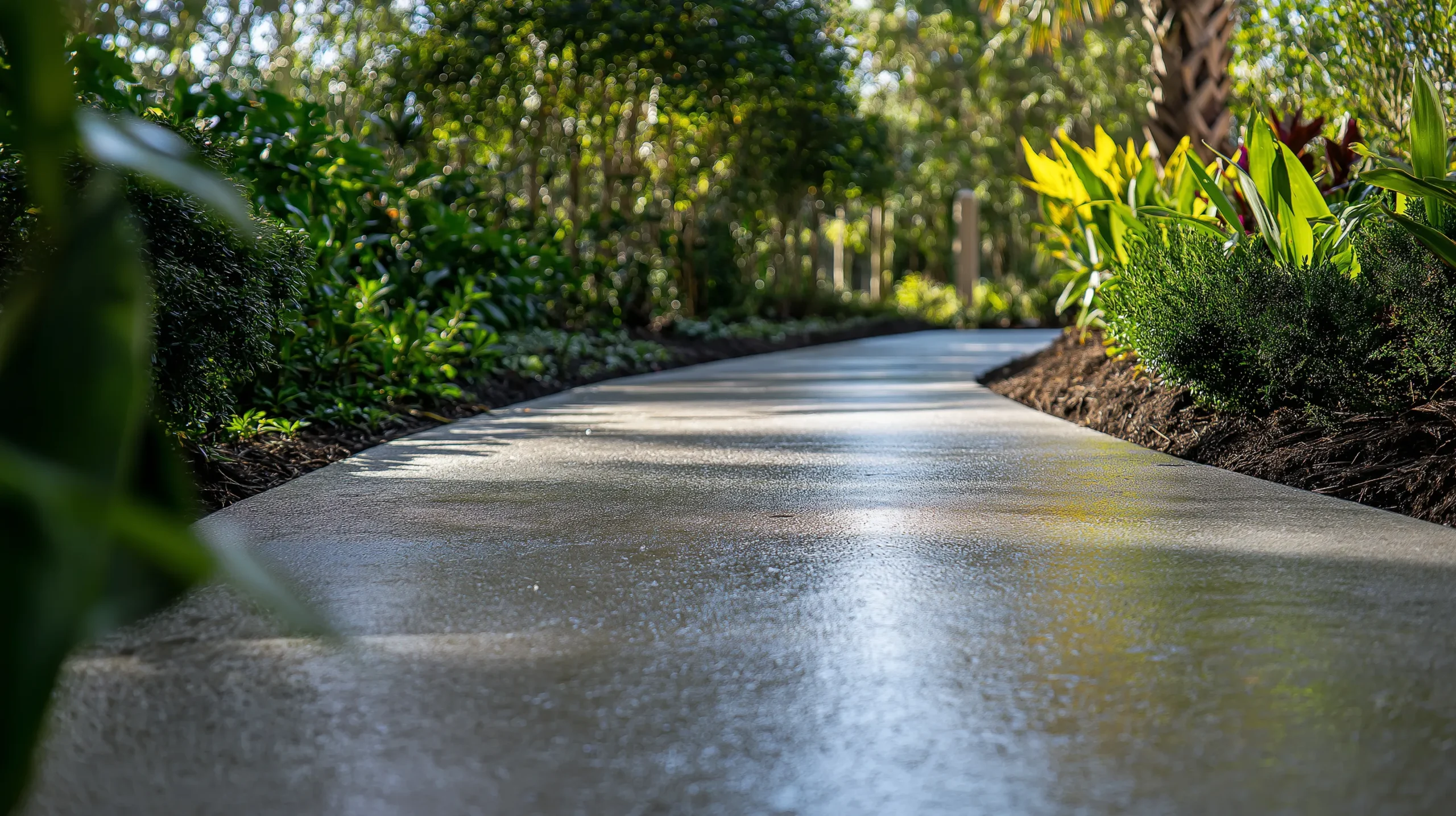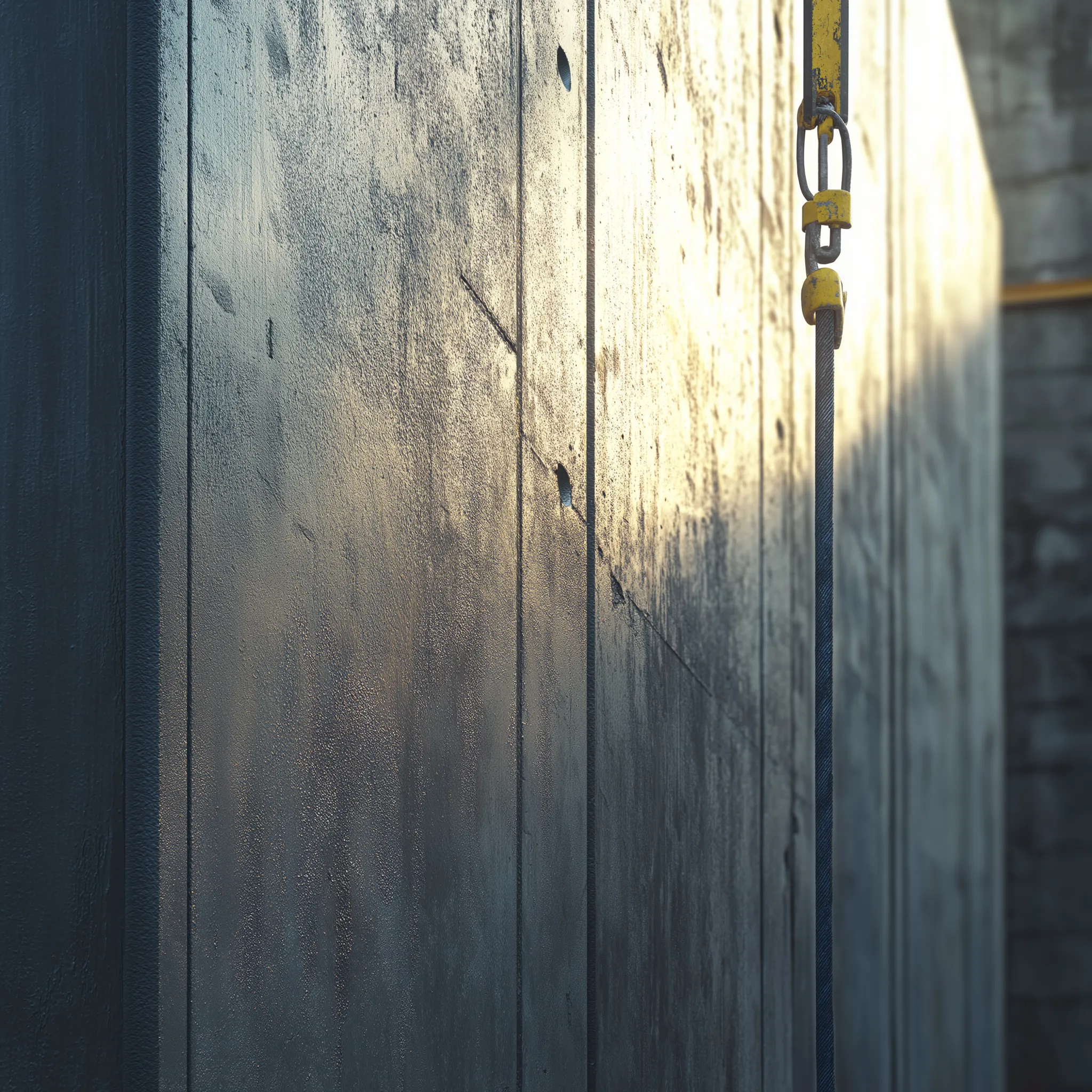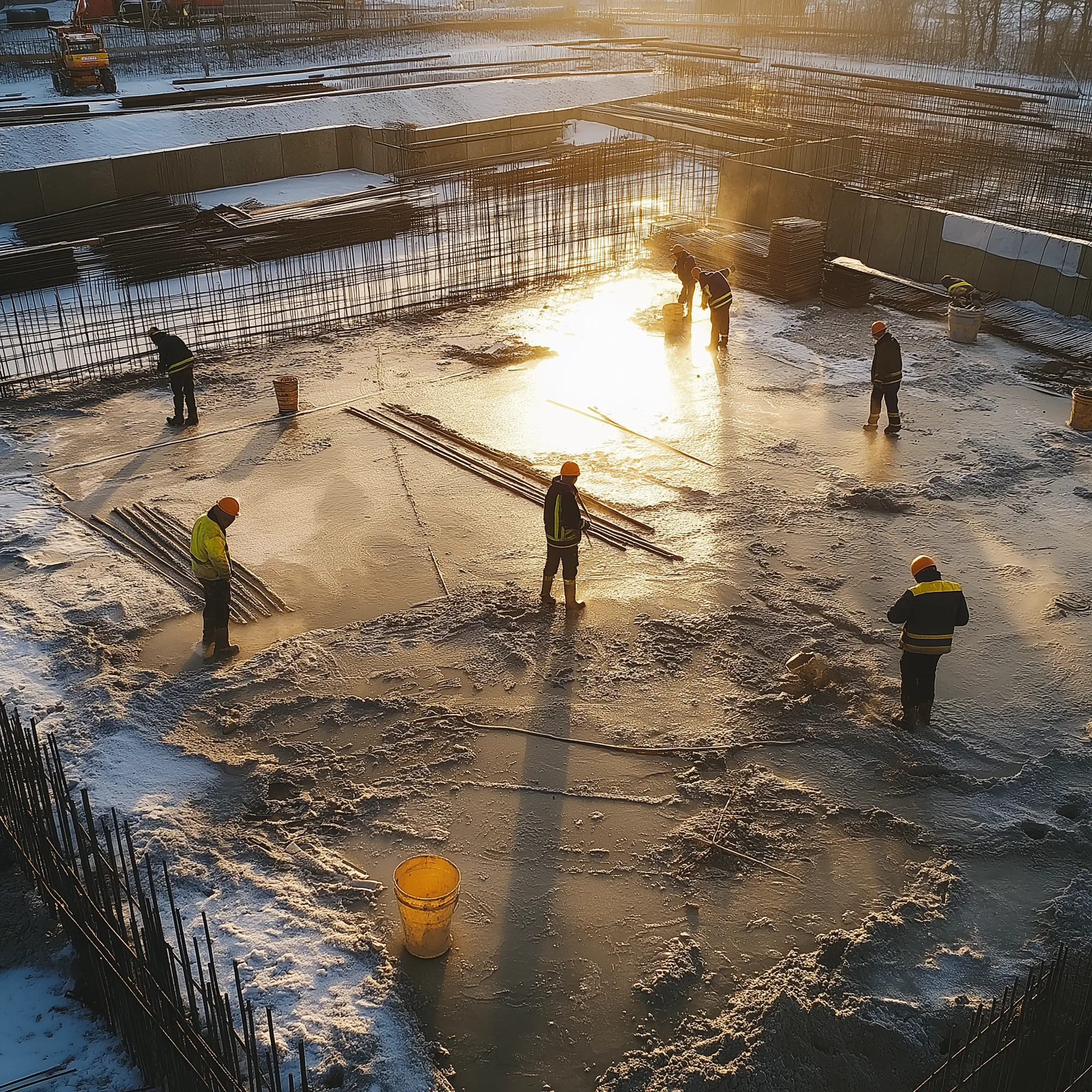Introduction
Proper cleaning and maintenance are essential for ensuring the longevity and effectiveness of SpecChem epoxy and polyurea joint filler products. This guide offers practical advice for daily care, periodic cleaning, and repairing joint filler separation to keep your concrete floors in top condition.
Daily Maintenance
To keep concrete floors and joint fillers clean, use large dust mops, preferably treated with a dust attractor, or a commercial vacuum for daily dirt and dust removal. For loosening well-bonded dirt, try dry buffing with a soft-bristled brush or an electric buffing machine, followed by dry mopping or vacuuming.
Occasional Deep Cleaning
Occasionally, concrete floors and joint fillers may require wet cleaning. Use a water-soluble, non-acidic detergent to emulsify surface soil. Make sure to remove all dirty detergent water with a vacuum, clean mop, or squeegee to prevent dirt redepositing on the floor. Change rinse water frequently if using a mop. For heavy dirt and debris, deep cleaning with an electric scrubbing machine may be necessary. Exercise caution when choosing scrubbing pads to avoid scratching or marring the concrete or joint filler surfaces. To remove stubborn tire marks or scuffs, use citrus-based industrial cleaners, such as Orange Peel, and buff the affected area.
Joint Filler Separation Repairs
Concrete shrinkage can cause joint fillers to split or separate over time. This is a common occurrence and not an indication of joint filler failure, as noted in ACI Section 9.10 of ACI 302.1R-04 (Guide for Concrete Floor and Slab Construction). If you need to correct this separation, consider the following repair methods:
1. Clean the separation voids, removing dirt and debris. Use a solvent to wipe away any remaining grime, then overfill the void with Rapid Flex CJ or Rapid Flex 90. Remove excess filler with a razor to create a flush surface.
2. Saw out the top 1/2 inch (12 mm) of joint filler using a dustless concrete saw or crack chaser. Clean the filler surface, removing dirt and debris, and use a solvent to eliminate any residual grime. Overfill the void with epoxy or polyurea joint filler and shave off excess filler with a razor for a flush finish.
Conclusion
Proper care and maintenance of epoxy and polyurea joint fillers will extend their lifespan and ensure optimal performance. By following the daily maintenance, occasional deep cleaning, and joint filler separation repair tips provided in this guide, you can keep your concrete floors looking and functioning their best.





